Despite the Association of American Medical Colleges and Centers for Disease Control and Prevention calling for LGBTQ-focused medical curricula to minimize health disparities, curricular interventions remain sparse.1-9 US medical schools spend an average of only 5 content hours on such topics, and one-third of medical schools provide no LGBTQ-related content at all.10 Existing literature demonstrates the ability of didactic curricular interventions to improve preparedness to interact with LGBTQ patients,11-15 but the impact of student demographics on receptiveness to educational interventions related to LGBTQ patients has not yet been evaluated. In the context of student demographics, we examined the impact of gender and sexuality didactic instruction on first-year medical student attitudes toward LGBTQ patient populations.
RESEARCH BRIEF
Medical Student Perspectives on LGBTQ Health
Julie A. Christensen, MD | Travis Hunt, MD | Steven A. Elsesser, MD | Christine Jerpbak, MD
PRiMER. 2019;3:27.
Published: 11/22/2019 | DOI: 10.22454/PRiMER.2019.288724
Introduction: Lesbian, gay, bisexual, transgender, and queer (LGBTQ) community members experience adverse health outcomes at higher rates than non-LGBTQ individuals. We examined the impact of student demographics as well as gender and sexuality didactic instruction on the attitudes of first-year medical students toward LGBTQ patients.
Methods: In January 2017, 255 first-year students at an urban allopathic medical school participated in a gender and sexuality health curriculum. We assessed student attitudes regarding LGBTQ patients using anonymous pre- and postintervention surveys. Each item was measured on a 5-point Likert scale.
Results: Of 255 possible respondents, we received 244 responses to the preintervention survey (95.7% response rate) and 253 to the postintervention survey (99.2% response rate). Participants were predominantly white (66.8%), heterosexual (94.7%), and cisgender (100%). Respondents who identified as LGBQ were significantly (P<.05) more likely than heterosexual students to agree with the following preintervention statements, among others: (1) Discordance between birth sex and gender is a natural human phenomenon, (2) When meeting a patient for the first time, I feel comfortable asking what pronoun they use, (3) I am able to empathize with the life experience of an LGB/T patient, (4) I am motivated to seek out opportunities to learn more about LGBTQ-specific health care issues. Statistically significant changes in attitudes between time points are seen in 4 out of 15 items.
Conclusion: A focused gender and sexuality curriculum appears to impact medical student attitudes regarding LGBTQ patients. Furthermore, recruitment of LGBTQ-identifying medical students may translate into improved workforce motivation to provide health care for LGBTQ patients.
First-year medical students in Philadelphia received a preintervention survey 16 weeks before and a postintervention survey 2 weeks after a required week-long gender and sexuality curriculum that included 4 hours of LGBTQ-specific didactic training and 2 hours of small group discussion. Curriculum topics included sexual history taking, bias, stigma, nonbinary genders, transgender care, and sociodemographic contexts of LGBTQ people. Course content was developed by university faculty, included the input of LGBTQ individuals, and included existing tools such as the Genderbread Person.16 We restricted analysis to a deidentified data set originally collected for departmental use. The associated institutional review board granted this study an exemption from review.
Survey questions concerned self-reported sociodemographics, knowledge, and attitudes adapted from existing assessment tools (see Appendix at https://journals.stfm.org/media/2786/christensen-appendix.pdf).17-19 Prior to survey administration, a pilot group of 10 medical students not belonging to the class of interest completed the survey as part of validation efforts. We collected anonymous responses on Scantron sheets separate from the question packet. Using SPSS statistical software, we examined differences in attitudes using t tests.
This study achieved a 95.7% response rate (n=244) at preintervention and 99.2% (n=253) at postintervention, and respondents were predominantly non-Latino white (65.2%), heterosexual (94.7%), and cisgender (100%; Table 1).
Demographics and Attitudes
For ease of reading, full descriptions of survey statement items are found in their respective tables. Levels of agreement differed between cisgender females and cisgender males on the following statements: 3, 4, 6, 8, 10, 12, 13, 14 (Table 2). Non-Latino white respondents reported more agreement with the following statements than respondents of color: 2, 3, 13 (Table 3). Sexual minority respondents reported more agreement than heterosexual respondents with the following statements: 4, 7, 9, 12, 13, 14, 15 (Table 4).
Those who identified as nonreligious reported more agreement (M=3.6, SD=.64) than those who identified as religious (M=3.33, SD=.74) with the following statement: LGB/T populations have unique health risks and health needs (t[239]=2.59, P=.01). Likewise, nonreligious respondents reported more agreement (M=3.68, SD=.56) than religious respondents (M=3.35, SD=.73) with the following statement: I feel I would speak up for colleagues who identify as LGBTQ in order to cultivate an inclusive workplace (t[241]=3.30, P=.001).
Impact of Didactic Intervention
Respondents reported more agreement with the following statements at the postintervention survey than at the preintervention survey: 4, 9, 13, 14 (Table 5). When analysis is restricted to cisgender males, levels of agreement with statement 4 pre- and postcourse content are no longer statistically significantly different (Table 5). Similarly, when analysis is restricted to Latino and nonwhite respondents, statements 13 and 14 are no longer statistically significantly different (Table 5).
Focused gender and sexuality health curricula can have a significant impact on medical student attitudes regarding LGBTQ patients. Increased ability to empathize with LGBTQ patients, humanize transgender and gender nonbinary patients, understand unique health risks facing LGBTQ populations, and motivation to learn more about LGBTQ health issues may better equip future physicians to offer compassionate care to LGBTQ patients. Evaluation of the association between demographics and baseline attitudes may help to guide development of future clinical interventions. Indeed, the efficacy of interventions may partly depend on student receptiveness to this subject matter, a quality seen in some demographic groups more than others.
Although previous studies have evaluated permanence of educational interventions, our study is limited to two time points and does not evaluate behavior of learners once exposed to the experience. Furthermore, we cannot exclude response biases due to the self-reported nature of the survey. As this represents a survey tool originally intended for department use only, the tool was only partially validated. Importantly, principal components analysis was not undertaken to determine to what extent multiple items in the survey may describe unifying themes, leading to numerous pairwise comparisons. Therefore, type-one error likelihood is increased such that 0.75 items per 15-item assessment would be expected to achieve statistical significance by chance. Consequently, without establishing validated themes, our ability to assess for internal validity across related items was limited. Given the necessity of anonymity of responses, it was necessary to treat the pre- and postintervention groups as independent, although the samples on either side of the intervention contained the same individuals. We therefore acknowledge that this may violate assumptions of independence when conducting independent sample t tests. Finally, similar to peer US allopathic medical schools, the cohort was 100% cisgender and majority Caucasian,20 which may limit perspectives and conclusions related to demographic indicators.
This is the first study to describe attitudes of essentially an entire first-year medical student class across differences in student gender, ethnicity, religion, and sexual orientation. Our findings suggest the importance of tailoring curricula to the existing knowledge and intersecting perspectives of students. Specifically, our analysis points to the opportunity that recruiting diverse classes may provide when cultivating a health care workforce that is motivated to care for LGBTQ patients. Future investigators may contribute by comparing attitudes of one cohort of students to a control group over a period of years. By continuing to invest in this area of education, we can move toward a health care system that provides equitable care to sexual and gender minority patients.
Acknowledgments
The authors acknowledge Dr Bernard Lopez for study design and manuscript preparation guidance, and they thank Dr William McNett for his advisory role in Thomas Jefferson University Medical School’s LGBTQ student organization.
References
- Rubin R. Minimizing health disparities among LGBT patients. JAMA. 2015;313(1):15-17. https://doi.org/10.1001/jama.2014.17243
- Centers for Disease Control and Prevention. About LGBT Health. Centers for Disease Control and Prevention Website. https://www.cdc.gov/lgbthealth/about.htm. Published March 24, 2014. Accessed December 4, 2018.
- James SE, Herman JL, Rankin S, Keisling M, Mottet L, Anafi M. The Report of the 2015 U.S. Transgender Survey: Executive Summary. Washington, DC: National Center for Transgender Equality; 2016.
- Grant JM, Mottet LA, Tanis J, Harrison J, Herman JL, Keisling M. Injustice at Every Turn: A Report of the National Transgender Discrimination Survey. Washington, DC: National Center for Transgender Equality; 2011.
- Zelin NS, Encandela J, Van Deusen T, Fenick AM, Qin L, Talwalkar JS. Pediatric Residents’ Beliefs and Behaviors About Health Care for Sexual and Gender Minority Youth. Clin Pediatr (Phila). 2019;58(13):1415-1422. https://doi.org/10.1177/0009922819851264
- Dubin SN, Nolan IT, Streed CG Jr, Greene RE, Radix AE, Morrison SD. Transgender health care: improving medical students' and residents' training and awareness. Adv Med Educ Pract. 2018 May 21;9:377-391..
- Coutin A, Wright S, Li C, Fung R. Missed opportunities: are residents prepared to care for transgender patients? A study of family medicine, psychiatry, endocrinology, and urology residents. Can Med Educ J. 2018 Jul 27;9(3):e41-e55.
- Hayes V, Blondeau W, Bing-You RG. Assessment of medical student and resident/fellow knowledge, comfort, and training with sexual history taking in LGBTQ patients. Fam Med. 2015;47(5):383-387.
- Turban JL, Winer J, Boulware S, VanDeusen T, Encandela J. Knowledge and attitudes toward transgender health. Clin Teach. 2018;15(3):203-207. https://doi.org/10.1111/tct.12738
- Obedin-Maliver J, Goldsmith ES, Stewart L, et al. Lesbian, gay, bisexual, and transgender-related content in undergraduate medical education. JAMA. 2011;306(9):971-977. https://doi.org/10.1001/jama.2011.1255
- Encandela J, Zelin NS, Solotke M, Schwartz ML. Principles and practices for developing an integrated medical school curricular sequence about sexual and gender minority health. Teach Learn Med. 2019;31(3):319-334. https://doi.org/10.1080/10401334.2018.1559167
- Leslie KF, Steinbock S, Simpson R, Jones VF, Sawning S. Interprofessional LGBT health equity education for early learners. MedEdPORTAL. 2017;13:10551. https://doi.org/10.15766/mep_2374-8265.10551
- DeVita T, Bishop C, Plankey M. Queering medical education: systematically assessing LGBTQI health competency and implementing reform. Med Educ Online. 2018;23(1):1510703. https://doi.org/10.1080/10872981.2018.1510703
- Dowshen N, Nguyen GT, Gilbert K, Feiler A, Margo KL. Improving transgender health education for future doctors. Am J Public Health. 2014;104(7):e5-e6. https://doi.org/10.2105/AJPH.2014.301978
- Cherabie J, Nilsen K, Houssayni S. Transgender health medical education intervention and its effects on beliefs, attitudes, comfort, and knowledge. Kans J Med. 2018;11(4):106-109. https://doi.org/10.17161/kjm.v11i4.8707
- Genderbread.org. An Adorable Way to Explain a Complicated Concept: The Genderbread Person. The Genderbread Person. https://www.genderbread.org/. Published 2017. Accessed June 2, 2019.
- Kelley L, Chou CL, Dibble SL, Robertson PA. A critical intervention in lesbian, gay, bisexual, and transgender health: knowledge and attitude outcomes among second-year medical students. Teach Learn Med. 2008;20(3):248-253. https://doi.org/10.1080/10401330802199567
- Kidd JD, Bockting W, Cabaniss DL, Blumenshine P. Special-“T” Training: Extended Follow-up Results from a Residency-Wide Professionalism Workshop on Transgender Health. Acad Psychiatry. 2016;40(5):802-806. https://doi.org/10.1007/s40596-016-0570-7
- Sanchez NF, Rabatin J, Sanchez JP, Hubbard S, Kalet A. Medical students’ ability to care for lesbian, gay, bisexual, and transgendered patients. Fam Med. 2006;38(1):21-27.
- Association of American Medical Colleges. The Medical School Graduation Questionnaire: 2018 All Schools Summary Report. https://www.aamc.org/download/490454/data/2018gqallschoolssummaryreport.pdf. Accessed June 2, 2019.
Lead Author
Julie A. Christensen, MD
Affiliations: Department of Psychiatry and Psychology, Mayo Clinic College of Medicine and Science, Rochester, MN
Co-Authors
Travis Hunt, MD - Department of Medicine, Thomas Jefferson University, Philadelphia, PA
Steven A. Elsesser, MD - Department of Family Medicine and Community Health, University of Pennsylvania, Philadelphia, PA
Christine Jerpbak, MD - Department of Family and Community Medicine, Thomas Jefferson University, Philadelphia, PA
Corresponding Author
Julie A. Christensen, MD
Correspondence: Department of Psychiatry and Psychology, Mayo Clinic College of Medicine and Science, 200 1st St SW, Rochester, MN 55905.
Email: christensen.julie@mayo.edu
Fetching other articles... 
Loading the comment form... 
Submitting your comment... 

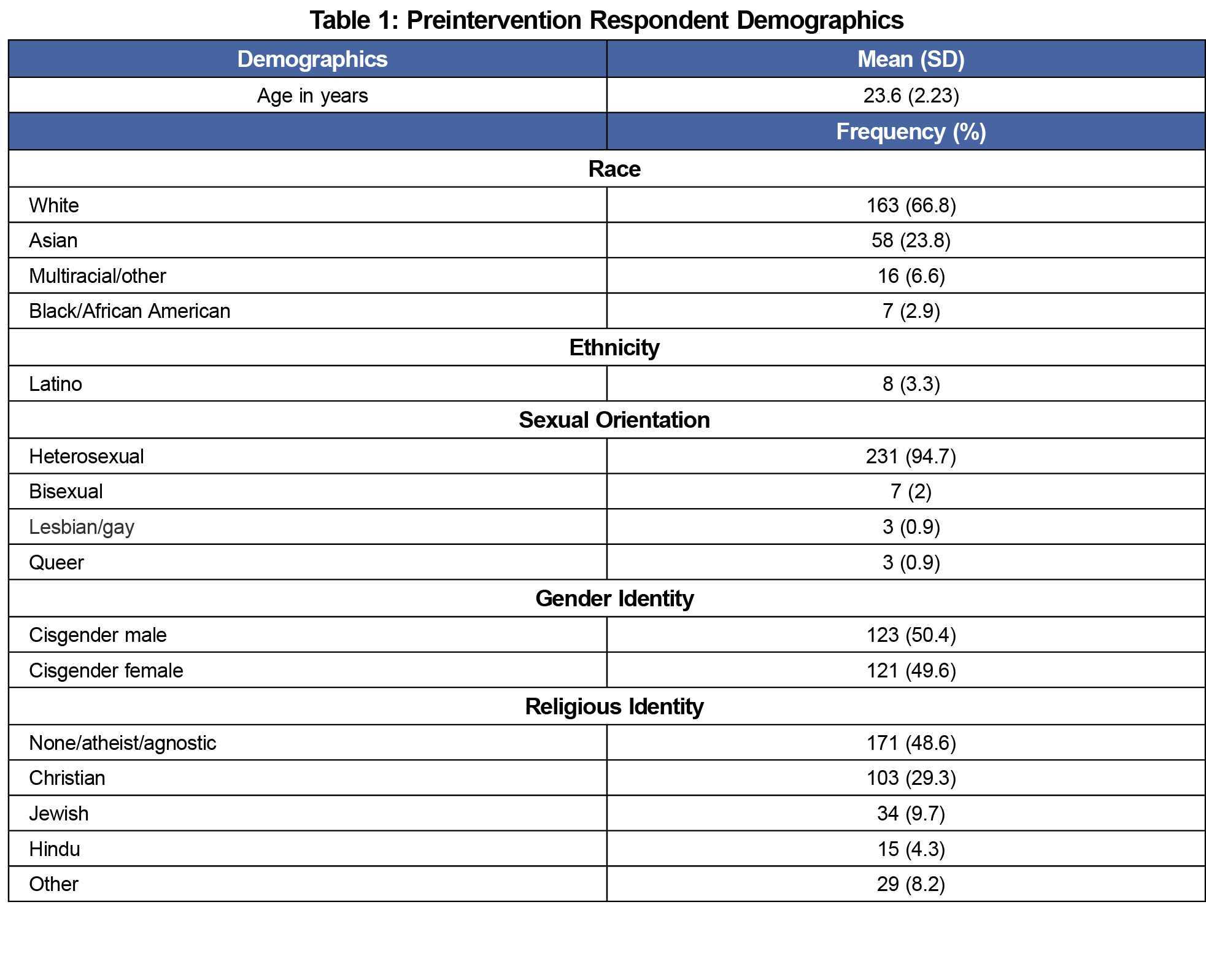
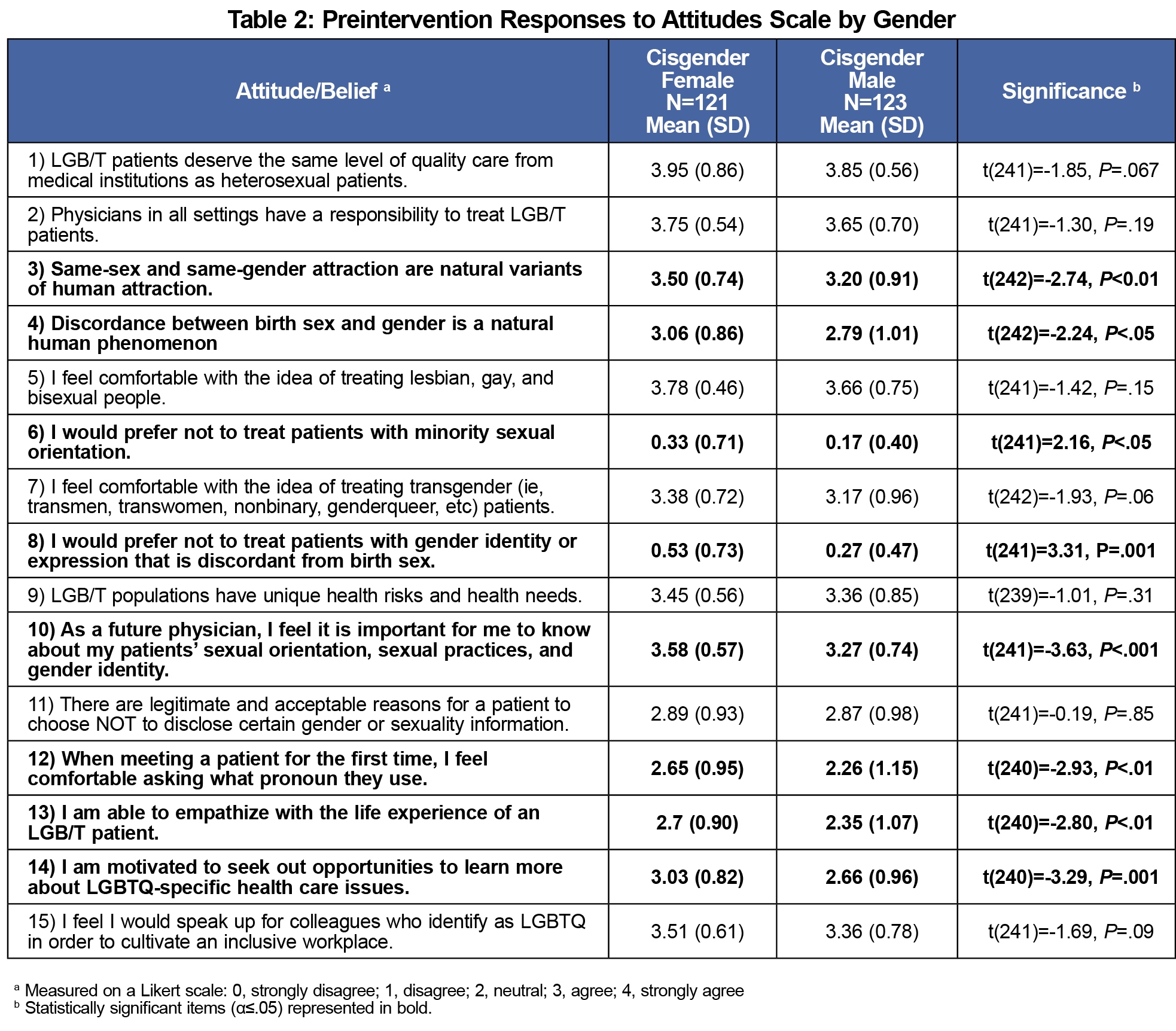
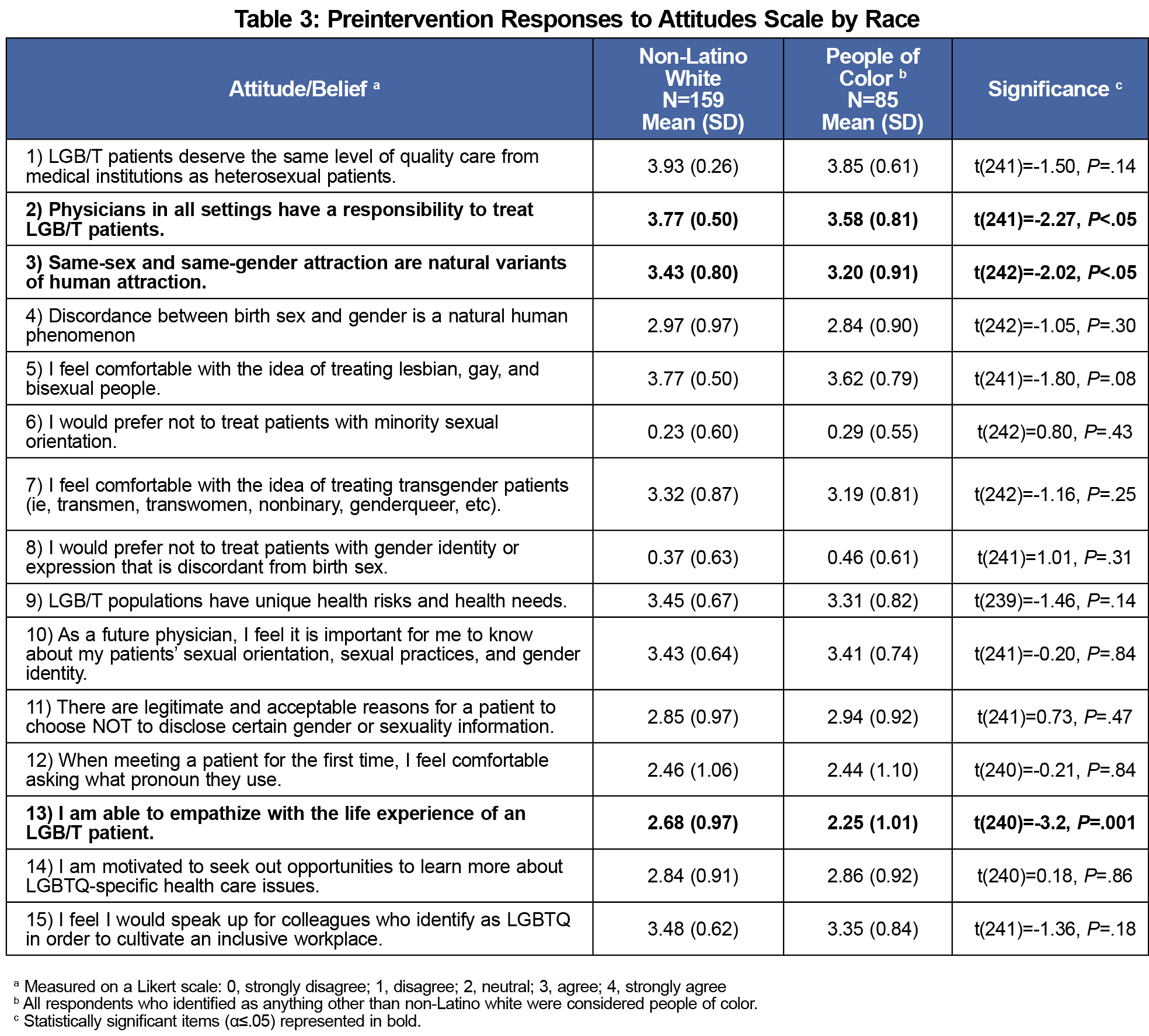
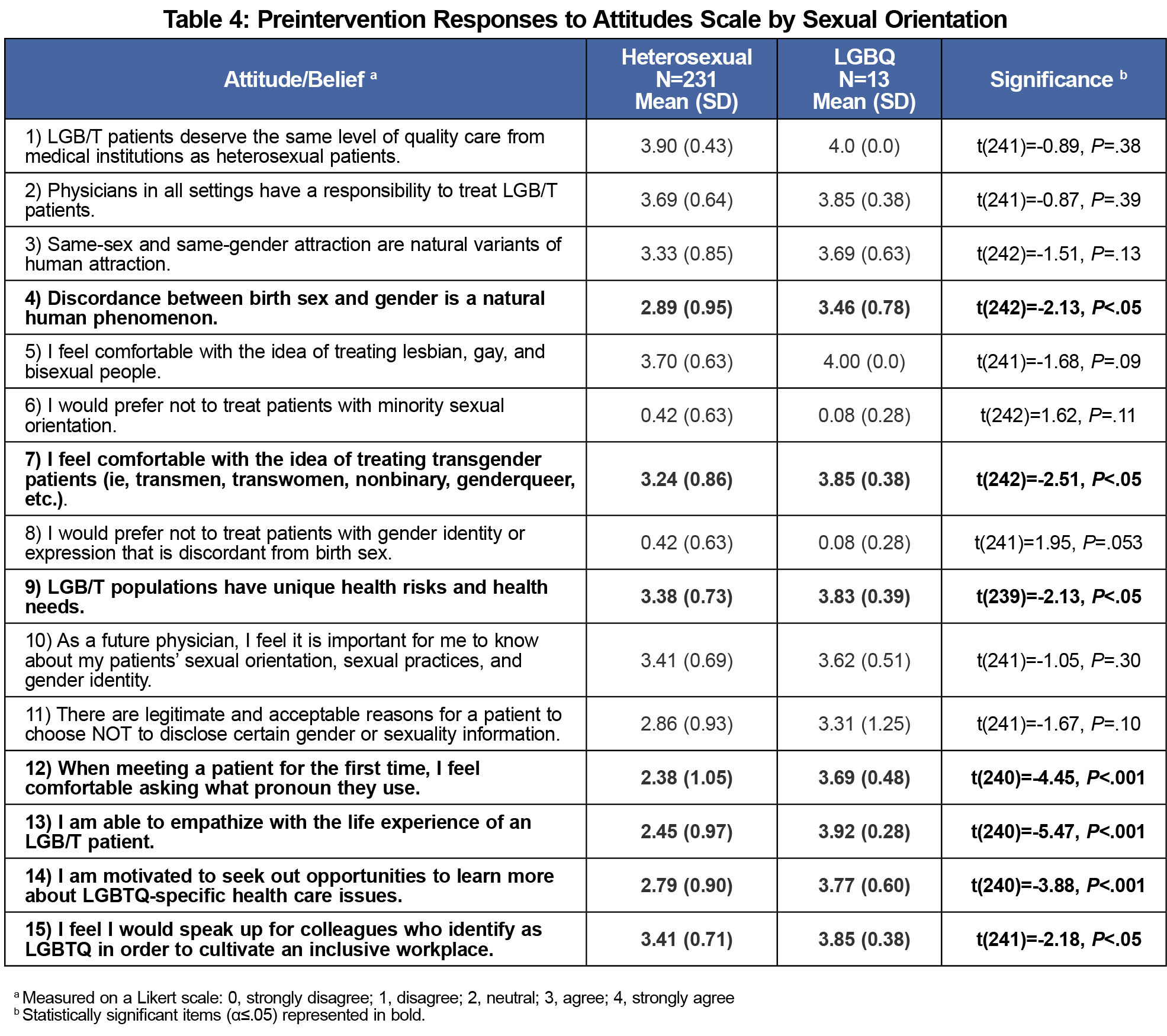
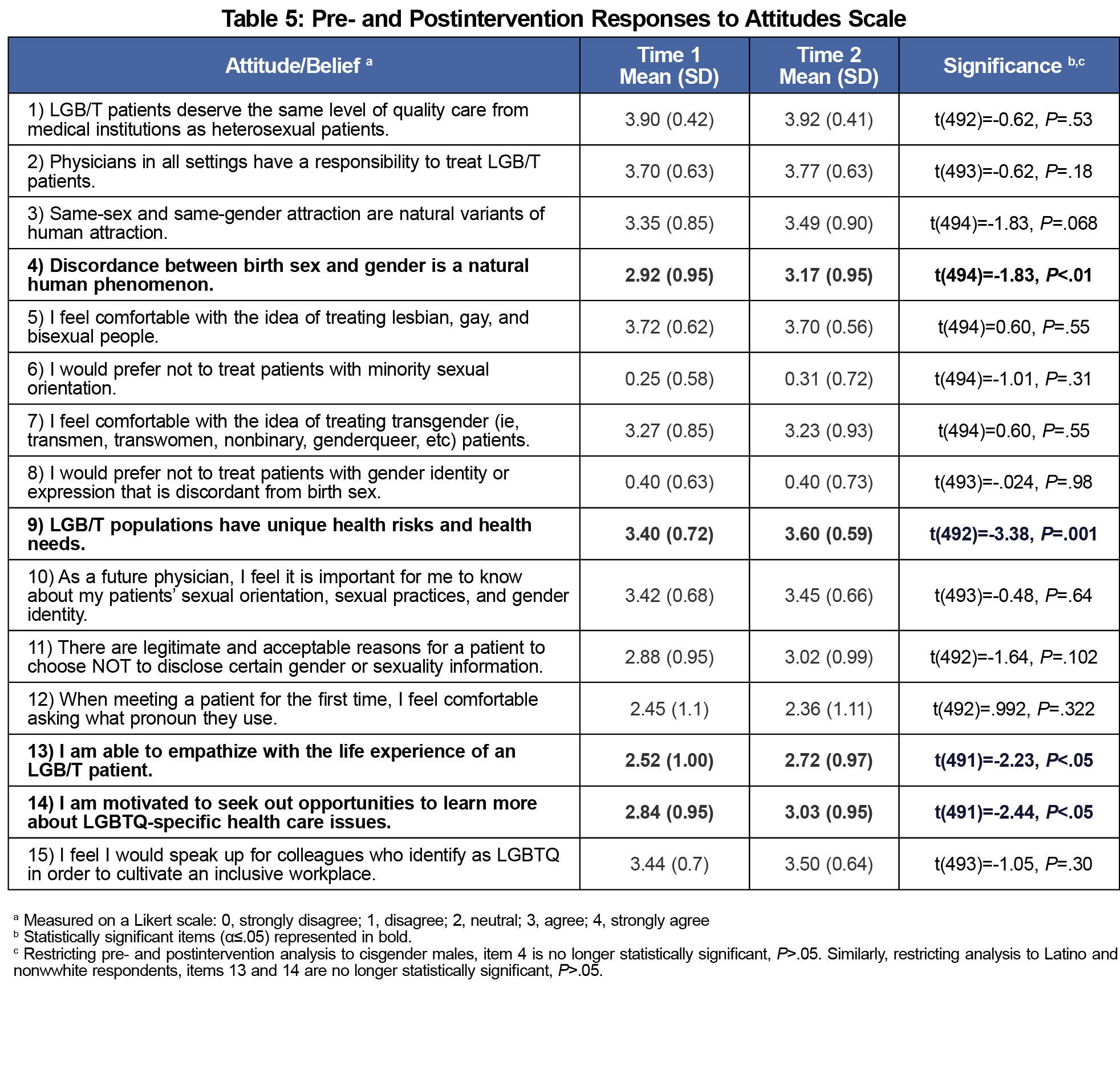

There are no comments for this article.